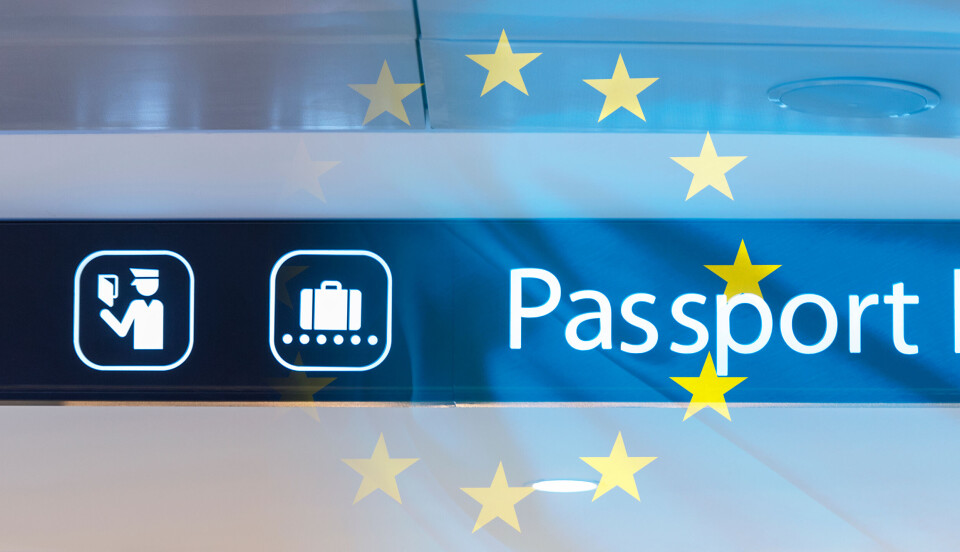-
New EES border controls: will foreign residents of France be able to use e-gates?
Airports seek solutions to avoid obligatory queuing at border guards’ booths for French residency card and visa holders
-
France’s ‘readiness’ declaration still awaited for October EES launch
France, Germany, and Netherlands urged to declare they are ready for the new EES system amid security and technical challenges.
-
Will EES affect travel rules for spouses of French citizens?
Spouses have additional rights to remain in the EU
EU confirms plans to delay its new digital border system… again
It means Britons, Americans and Australians will have more time before they are required to pay €7 for a visa waiver to enter the bloc

The EU has confirmed plans to again delay its new digital border system with a rollout not expected until 2024, possibly after the Paris Olympics.
The Entry/Exit System (EES), a digitalised system that will see details collected of those who enter the bloc, has been beset by setbacks.
Earlier this year, the European Commission confirmed the expected May 2023 launch had been pushed back to November.
Now, the deadline has slipped into 2024.
The setback will also impact the launch of the Etias (European Travel Information and Authorisation System) visa-waiver system for nationals of countries that do not currently need a visa to enter the EU, such as Britons, Americans and Australians.
The delay is therefore good news for them, kicking the €7 Etias visa-waiver charge further down the line.
‘It should be launched in 2024’
A spokesperson for the European Commission confirmed to The Connexion that the next Justice and Home Affairs (JHA) Council meeting, held on June 8 – 9 in Luxembourg, would validate the delay and confirm details of the new timeline for both the EES and Etias visa-waiver schemes.
A proposed timeline was already being considered after the last JHA meeting in March, where the eu-LISA team (the EU’s IT team tasked in part with overseeing EES implementation) made the council aware of issues with implementing the new system.
The spokesperson further confirmed delays came both from the side of contractors and EU member states over the installation of equipment, and that the eu-LISA team has already begun dishing out penalties for these infractions.
Whilst no official dates were given, the spokesperson said that the work on the EES should be completed “in late 2023… with the project implemented at some point in 2024.”
Etias is expected to launch between four and six months after the EES, but there are reports that French president Emmanuel Macron wants to delay the rollout of the visa-waiver system until after the 2024 Paris Olympics.
This is because a large number of visitors from currently visa-free countries would be impacted by the changes, and could lead to chaos for French airports as millions of visitors come to France for the games.
Read more: New European Entry/Exit System: 9 key things to know in advance
What are EES and Etias?
As a reminder, these are new schemes set to digitise the European border, aimed at non-residents and non-citizens entering the Schengen Area.
The EES is a digitalised border system that will see information stored and collected of all those who enter the bloc, to help better track movements and to make sure visitors are complying with the 90-day limit for non-residents.
It will also replace the need to stamp passports, with the hope of reducing queuing times for those entering the bloc.
Etias is a visa waiver for the 63 countries that currently have visa-free access to the EU.
Non-residents visiting the Schengen Area will need to apply in advance for the visa waiver, which will cost €7 and be valid for three years.
Despite the scheme not yet coming into force, the EU Border Agency Frontex warned of a number of unofficial Etias-themed websites that could be poised to scam applicants.
It is not yet possible to apply for the visa-waiver scheme.
Related articles
Here is what we know about the UK’s new digital border scheme
Brexit row after delays of up to 14 hours at Dover ferry port
























